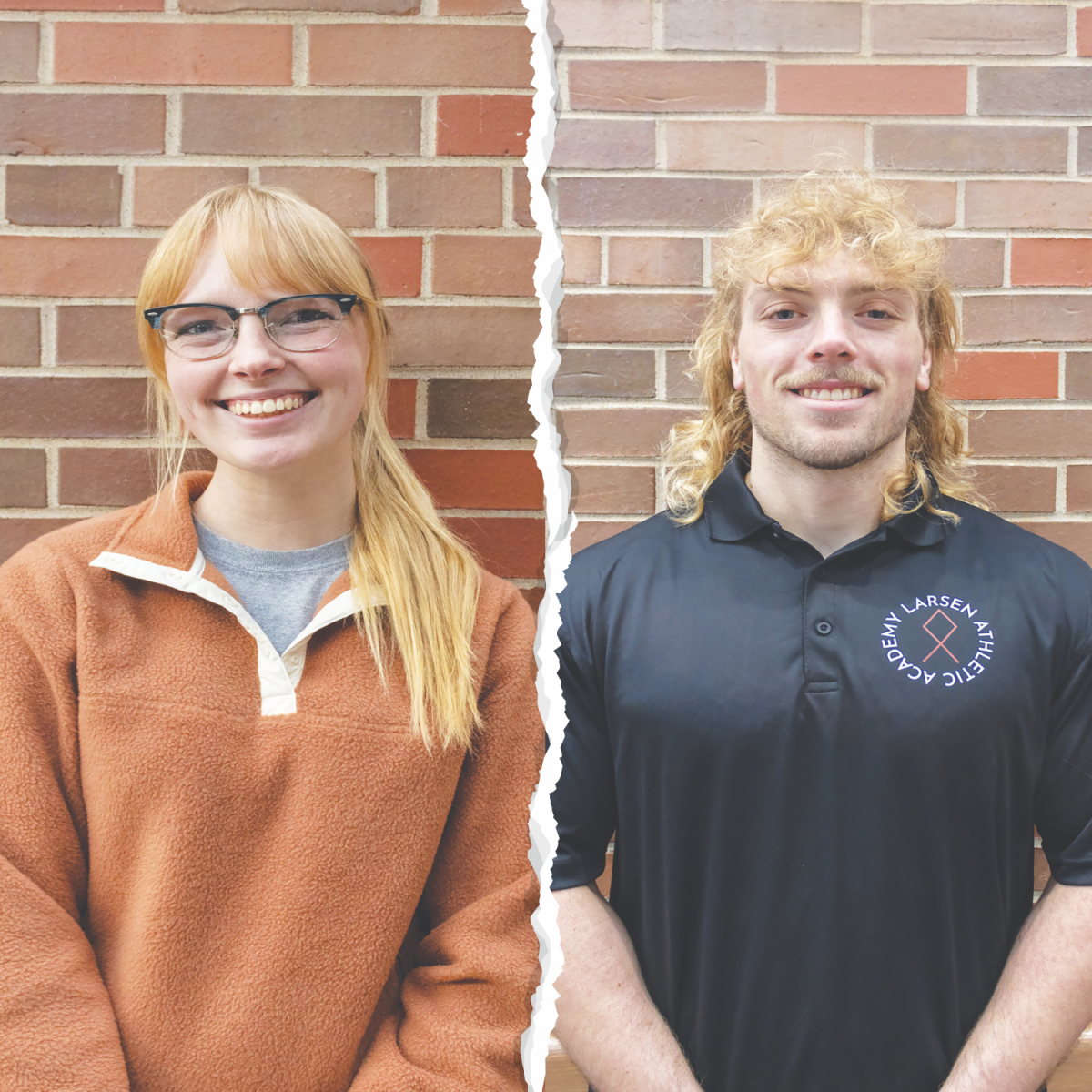Wayne State College’s STRIVE office will be hosting The Clothesline Project to display the impact sexual violence has had on the campus community through April 26,
The month of April is Sexual Assault Awareness Month, so t he Clothesline Project is a visual display of violence statistics that often go ignored on college campuses. This is the first year WSC has done this display.
Eva Olson is the Violence Against Women Grant project director and oversees the STRIVE office. The STRIVE office decided to put this display up to show the impact of sexual and interpersonal violence on campus. Olson brought the idea of this display with her from other schools and institutions she’s attended and worked at.
“We hope that The Clothesline Project will show everyone who views the display how important it is to learn about and prevent sexual violence,” Olson said. “Additionally, we hope that this serves as a spark for people to learn about how to support survivors and victims of sexual and interpersonal violence.”
This project not only raises awareness about the effects of sexual violence, but also allows survivors and victims to break the silence surrounding what they have experienced.
This project began in 1990 and has been done on hundreds of campuses across the country. WSC had 43 shirts created and submitted for display, and each color of shirt has a different meaning: gray represents someone who dies because of sexual or intimate partner violence; yellow represents those who have been abused or harmed in dating or domestic violence; red and pink represent survivors and victims of rape and sexual assault; green represents survivors and victims of incest, child sexual abuse and those whose parents were in abusive relationships; purple represents hose who were attacked because of their gender identity or sexual orientation; white, blue and black represent those who are allies, advocates and supporters of people who have experienced sexual assault.
“I was sincerely surprised at the number of shirts we have in this first year of the project, and I think it serves to show how sexual violence does happen everywhere and can happen to anyone,” Olson said. “We often turn a blind eye to the rate of occurrence of sexual and intimate violence because it makes us uncomfortable and we, as people do not want to believe that such terrible harm could be inflicted by someone we know.”







